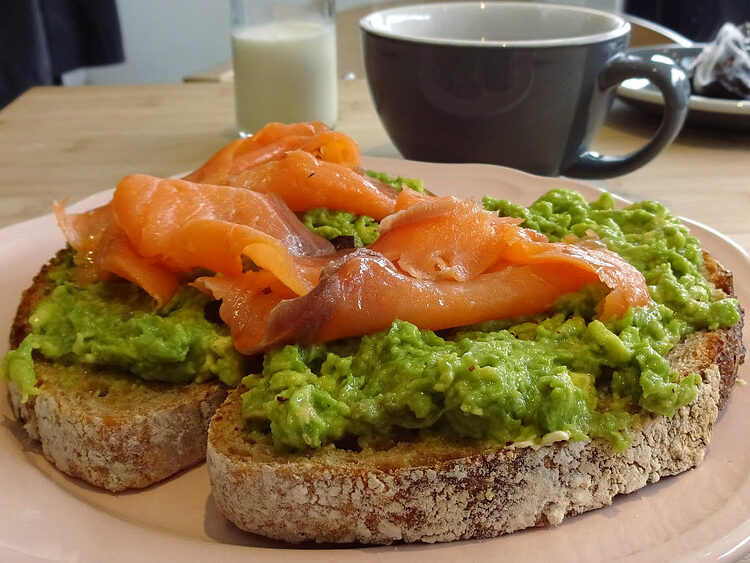
Food and drink prices can be high for many different reasons. Some are very rare, or they take a long time to produce. But not all of them are worth your money. Sometimes, you’re just paying for fancy packaging or a food trend that looks good on TikTok or Instagram. Here are 15 foods and drinks that aren’t worth the money.
Gold-Flaked Desserts – A Shiny Waste of Money
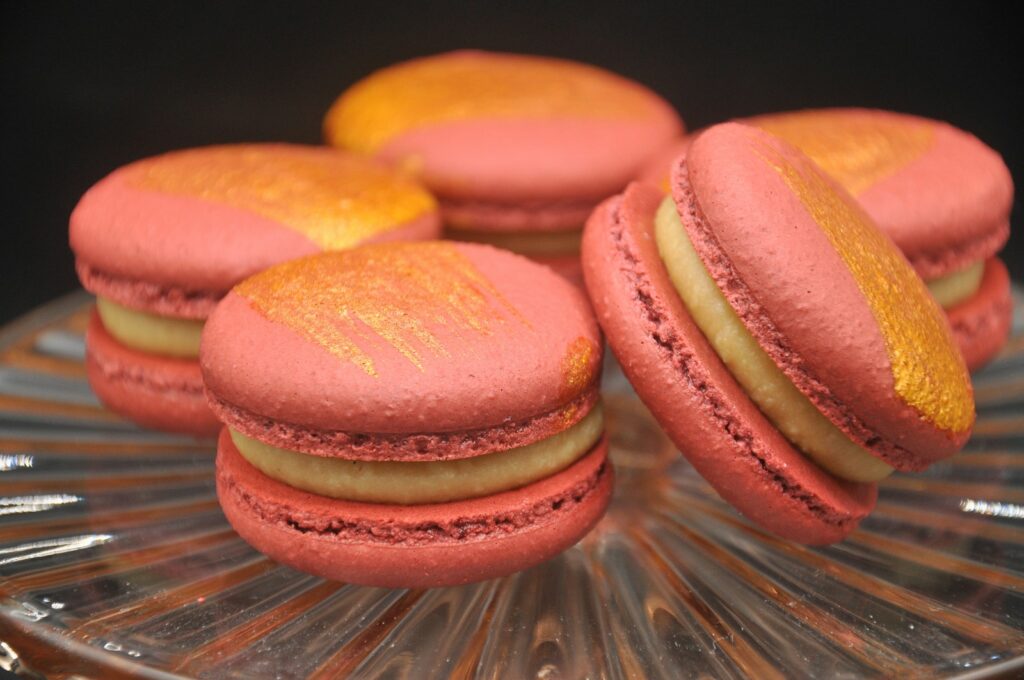
Gold-covered donuts, ice cream, or even sushi might look fancy to you, but here’s the truth—gold has no flavor, no nutrition, and no purpose in food besides making it expensive. Worse yet, your body doesn’t even digest it properly. That means you’re literally flushing all your money down the toilet.
Truffle Oil – A Fake Luxury
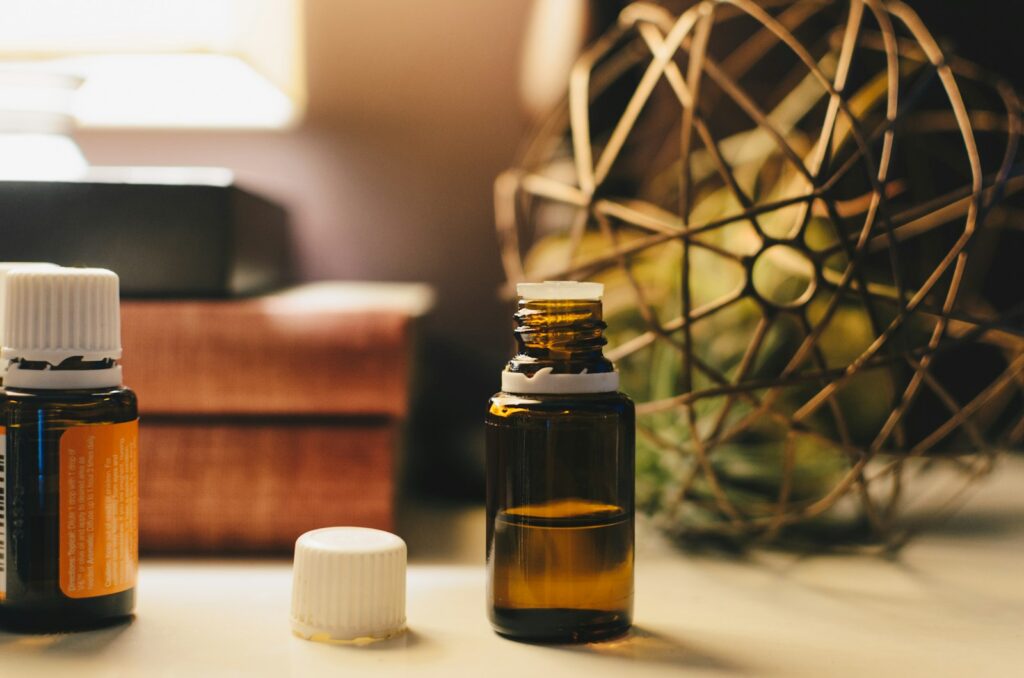
If you think you’ve been enjoying the earthy taste of real truffles in your fries or pasta, think again. Most truffle oil isn’t made from real truffles at all. It’s just olive oil mixed with some synthetic chemicals that are designed to mimic the same aroma. As a result of this process, you get a strong but artificial taste that real truffle lovers can easily find out.
Pre-Cut Fruits and Vegetables – Convenience at a Crazy Cost
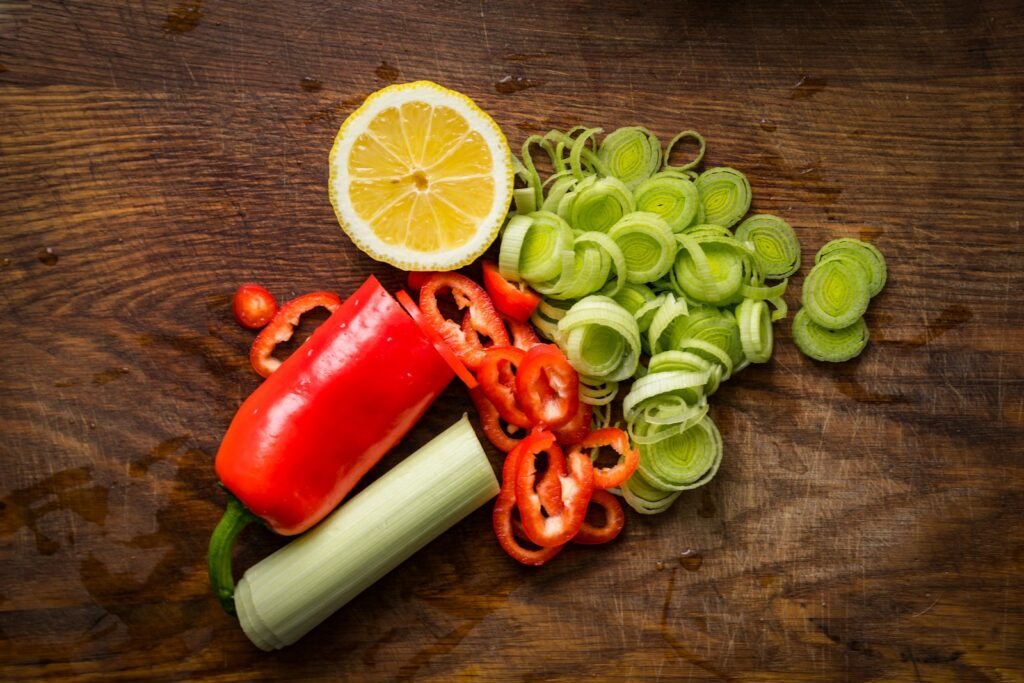
Sure, buying pre-sliced watermelon or diced onions saves a few minutes in the kitchen, but is it worth paying double or triple the price? You are spending so much extra for the basic knife work. Plus, it often sits in plastic containers that aren’t great for the environment. A sharp knife and five minutes of effort can save you lots of money in the long run.
Kobe Beef Burgers – Likely a Scam
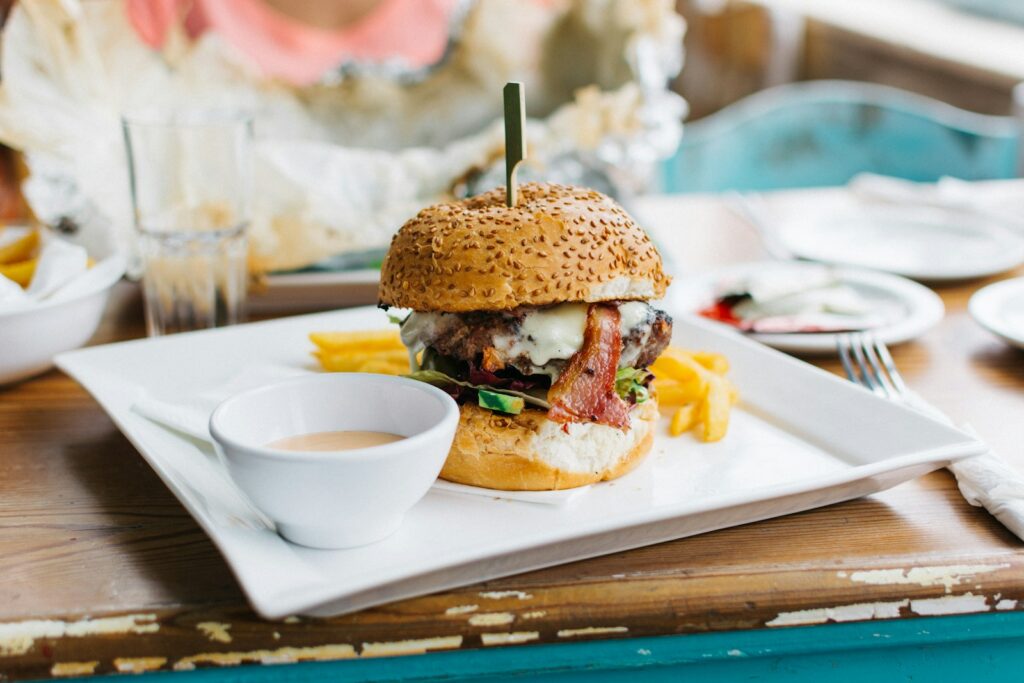
Many restaurants claim to sell Kobe beef burgers, but authentic Kobe beef from Japan is extremely rare and expensive. In most cases, what you’re actually getting is regular Wagyu beef (which is still good but not the same) or even just a normal high-fat ground beef mix. If you’re paying top dollar for a “Kobe” burger, there’s a good chance you’re being tricked by clever marketing (consider yourself warned).
Fancy Bottled Water – Paying for Pretty Packaging
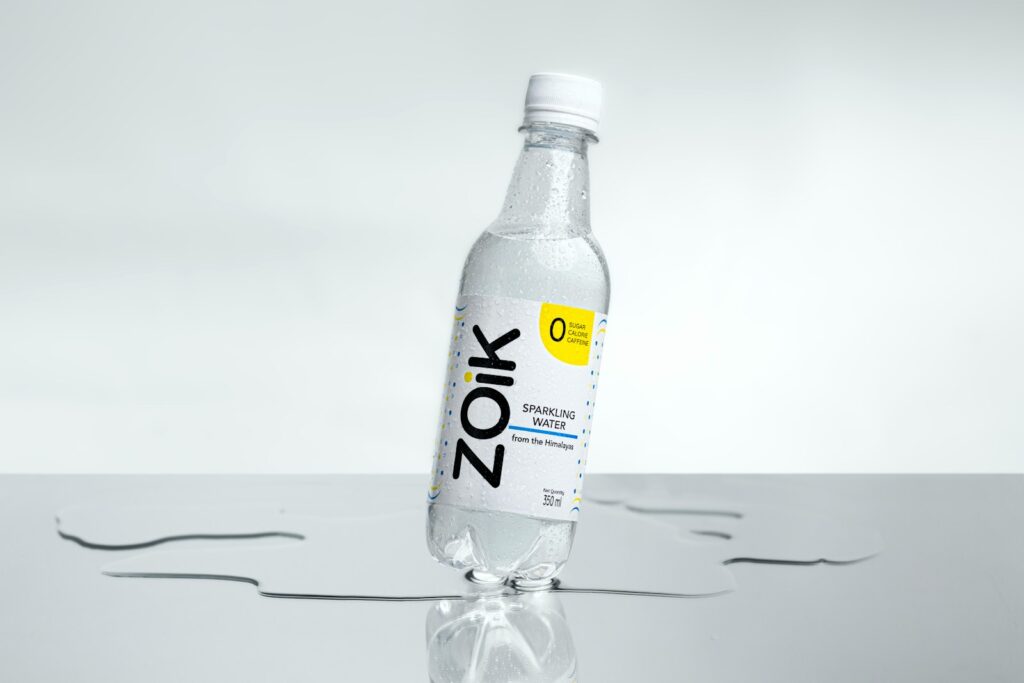
Have you ever grabbed a bottle of so-called “artisanal” water and felt special drinking it? You see unless you’re buying from a true natural spring, you’re probably just spending extra money for that same filtered tap water with a fancy label. Some premium waters claim to have special minerals or pH levels, but they don’t offer any kind of special benefits over your regular water.
Rainbow or Black Foods – All Hype, No Extra Flavor
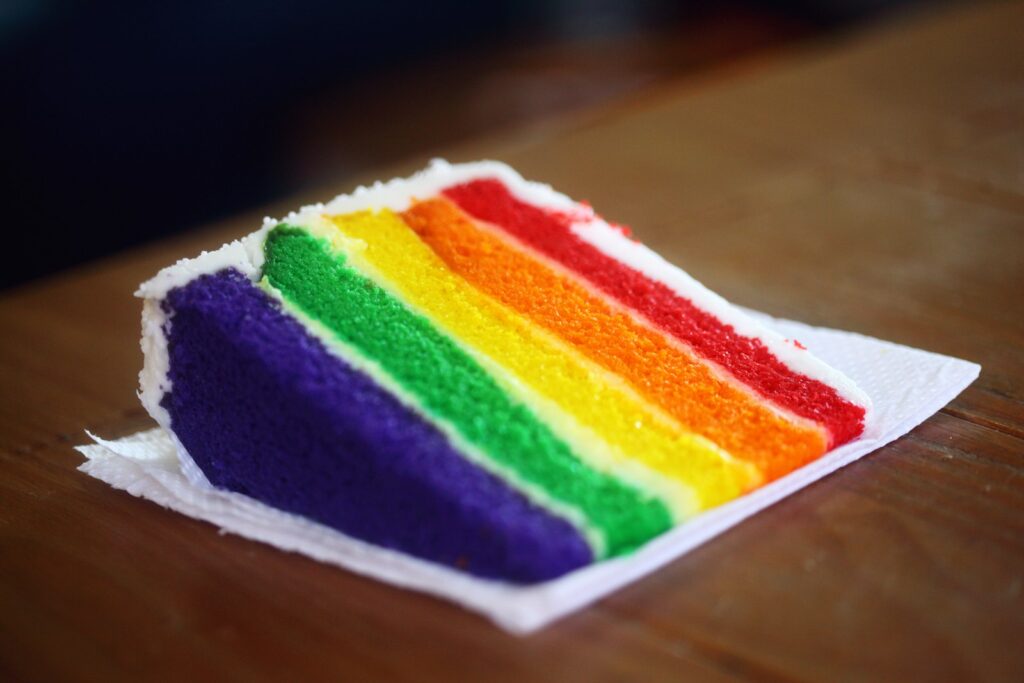
Foods trending on social media come in different colors, but do they actually taste better? Nope, not really. Rainbow bagels are just your regular bagels with food coloring. Black ice cream made with activated charcoal looks cool but doesn’t add much flavor—and consuming too much activated charcoal can even block nutrient absorption. These foods exist mainly for Instagram, not for your taste buds.
Açaí Bowls – Sugar Bombs in Disguise
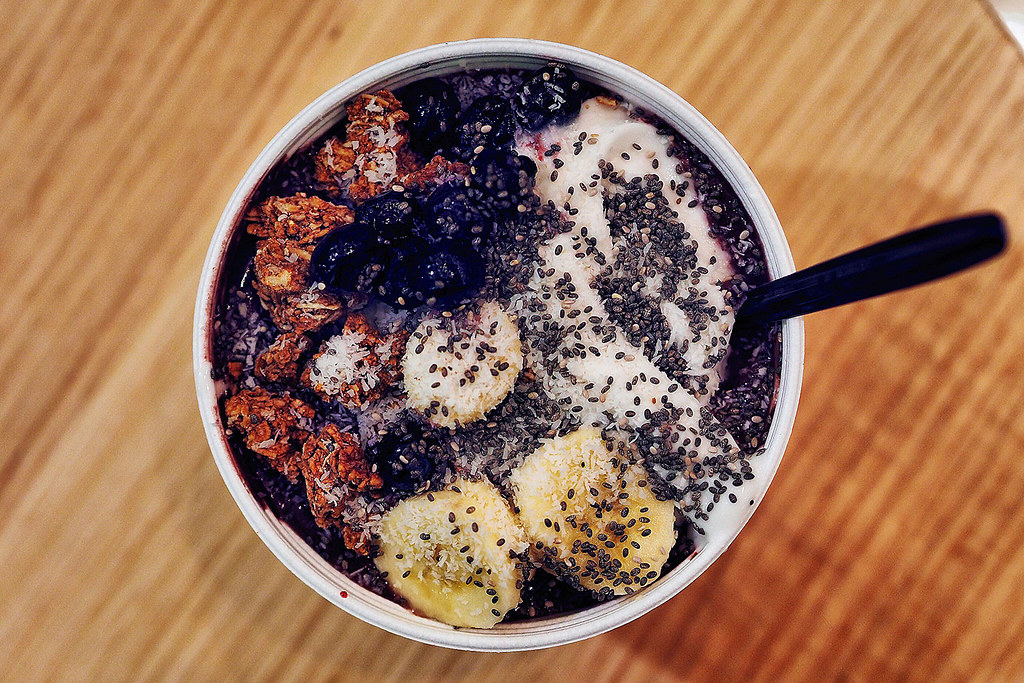
Açaí berries come with lots of antioxidants, but the trendy açaí bowls you buy at smoothie shops are a different story. These are blended with sugary juices and then topped with granola and honey. They contain much more sugar than your normal candy bar. A simple homemade version—frozen açaí puree with some fresh fruit—gives you the same taste without the unnecessary sugar and price markup.
Gourmet Popcorn – Marked-Up Movie Snack
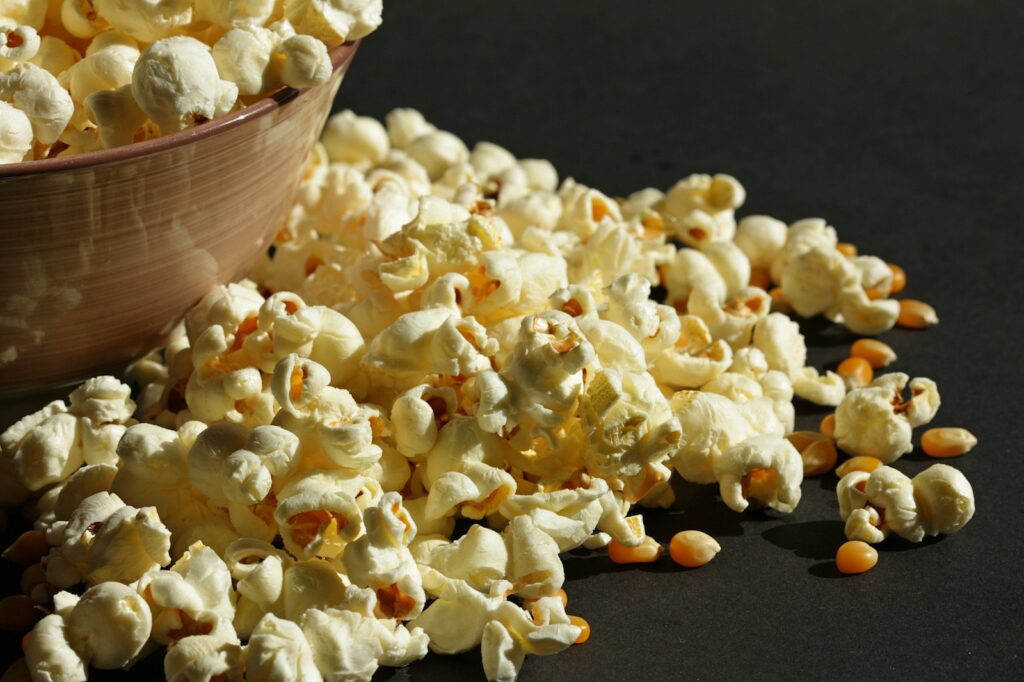
Ever seen those fancy tins of caramel popcorn selling for $10 or more? Popcorn kernels are one of the cheapest foods you can buy, so why is it priced so high? It’s just sugar, butter, and air. Making popcorn at home with real butter and a dash of sea salt costs a fraction of what gourmet brands charge and it tastes just as good—if not better.
Avocado Toast at Cafés – A $15 Rip-Off
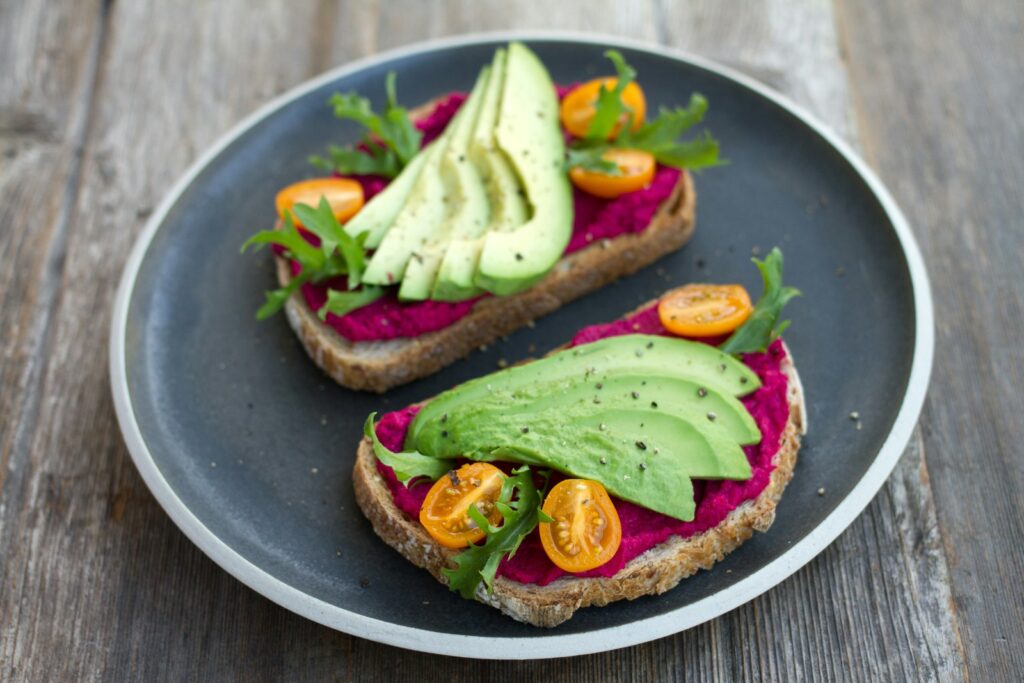
Avocado toast is delicious and healthy, but when a café charges $15 for a slice of bread with mashed avocado, we call it robbery. Because a single avocado costs about $1–$2, and making it home takes less than five minutes. If you’re really craving café-style avocado toast, buy some good bread and top it with your own favorite ingredients.
Organic Milk Alternatives – Same Taste, Higher Price
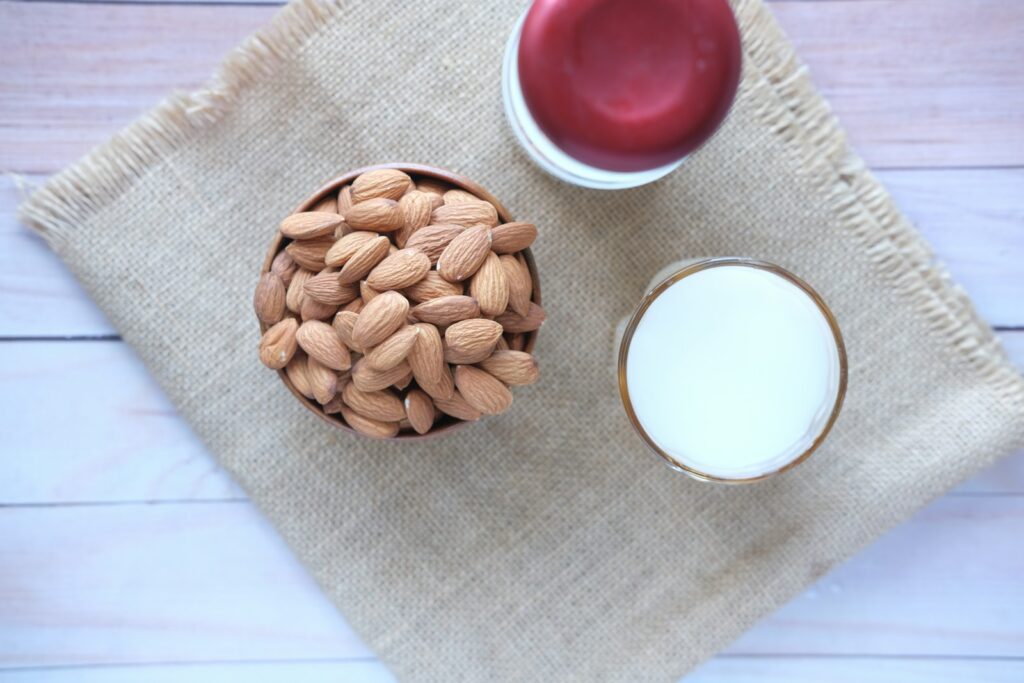
Almond, oat, and soy milk have become popular dairy-free options, but the organic “barista blend” versions come with a ridiculous price tag. Most of these alternative kinds of milk contain just a small percentage of the main ingredient (oats, almonds, etc.) and are mostly water. If you love plant-based milk, consider making your own homemade oat milk, which, for example, costs pennies per cup.
Caviar – Tiny Eggs, Huge Price
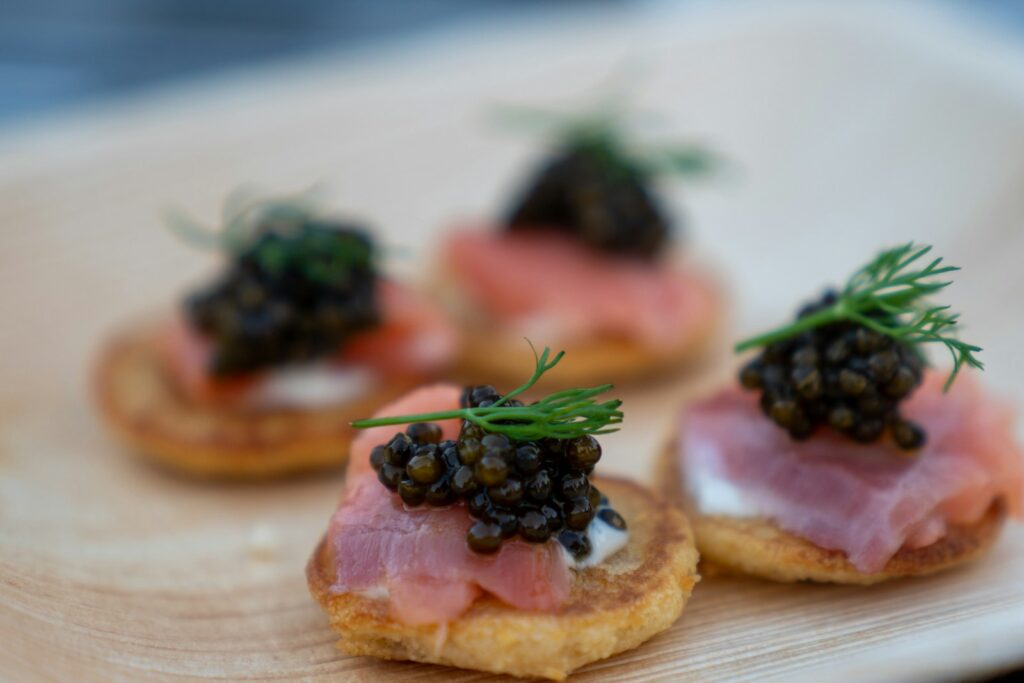
Caviar has long been a symbol of wealth, but unless you’re a hardcore seafood lover, you probably won’t even enjoy it (so don’t waste your money). The tiny, salty fish eggs have a strong oceanic taste that isn’t for everyone. Plus, much of the “affordable” caviar you see isn’t even real sturgeon caviar—it’s cheaper fish roe with a fancy label.
Celebrity-Endorsed Alcohol – Paying for a Famous Name

Just because a celebrity owns a tequila or vodka brand doesn’t mean it’s better than the cheaper options. Most of these expensive liquors are made in the same distilleries as lower-priced ones. They get all the hype because a famous name is attached to them. So unless you’re buying for the hype, you can find just as good (or better) liquor without the celebrity price tag.
Designer Coffee Drinks – Fancy Names, Same Caffeine
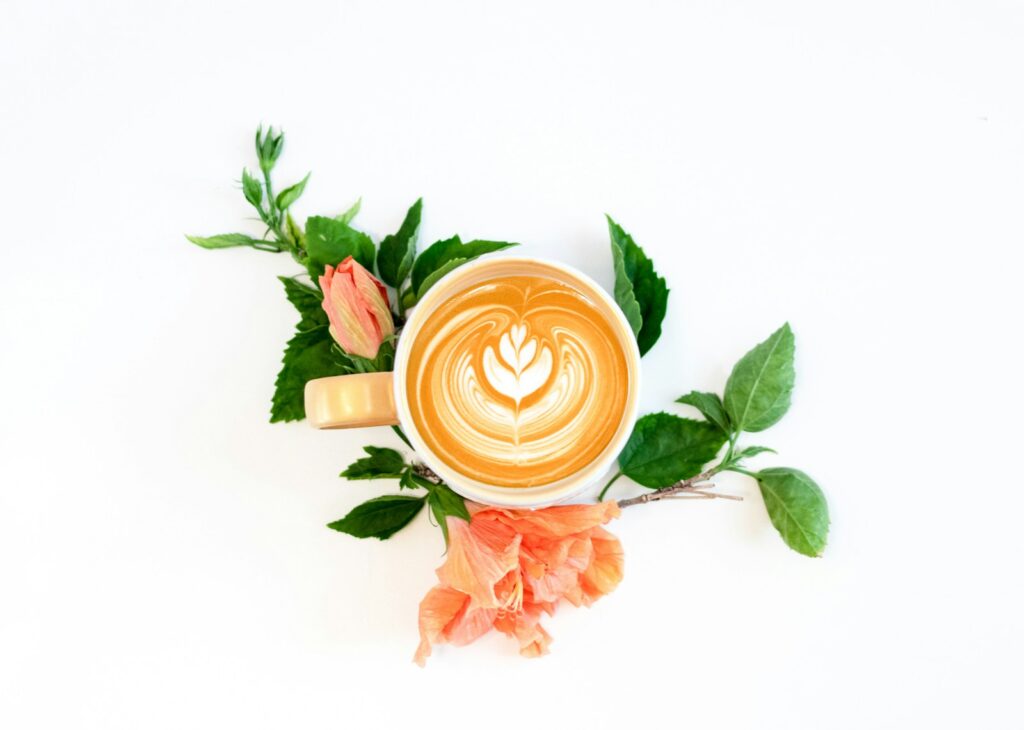
A simple cup of coffee costs less than a dollar to make, yet people happily spend $7 or more on “seasonal lattes” (the ones loaded with artificial syrups, whipped cream, and extra sugar). While these drinks can be a fun treat, they’re basically overpriced milkshakes disguised as coffee. If you want a fancy coffee experience, buy a quality bag of beans and learn to make your own flavored coffee at home.
Over-the-Top Milkshakes – Looks Better Than It Tastes
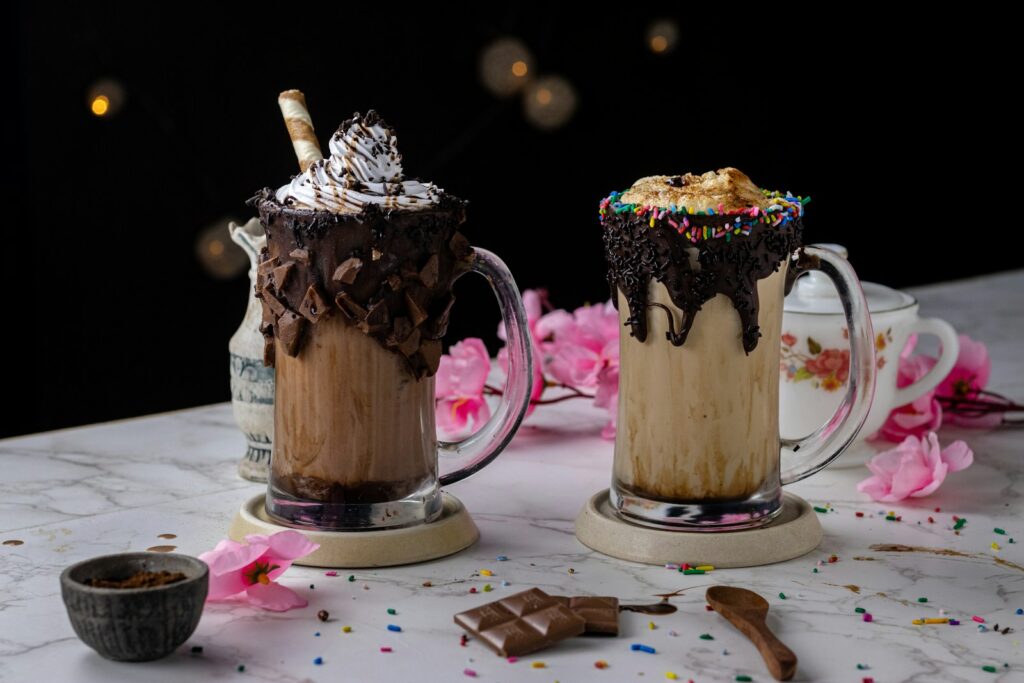
You’ve probably seen those milkshakes that are stacked high with cookies, candy, and lots of whipped cream, but have you actually tried one? They’re sticky, messy, and impossible to eat, and you end up paying $15 for what’s essentially a few scoops of ice cream. A simple homemade milkshake tastes just as good—without the Instagram gimmick.
Packaged Smoothies – More Sugar Than a Soda

Those bottled “healthy” smoothies you grab from the store have just as much sugar as a can of soda, plus preservatives and lots of artificial flavoring. A truly healthy smoothie should be made from real fruit, not concentrated juices and hidden sweeteners. Blending your own at home takes minutes and saves a ton of money over time.
Leave a comment